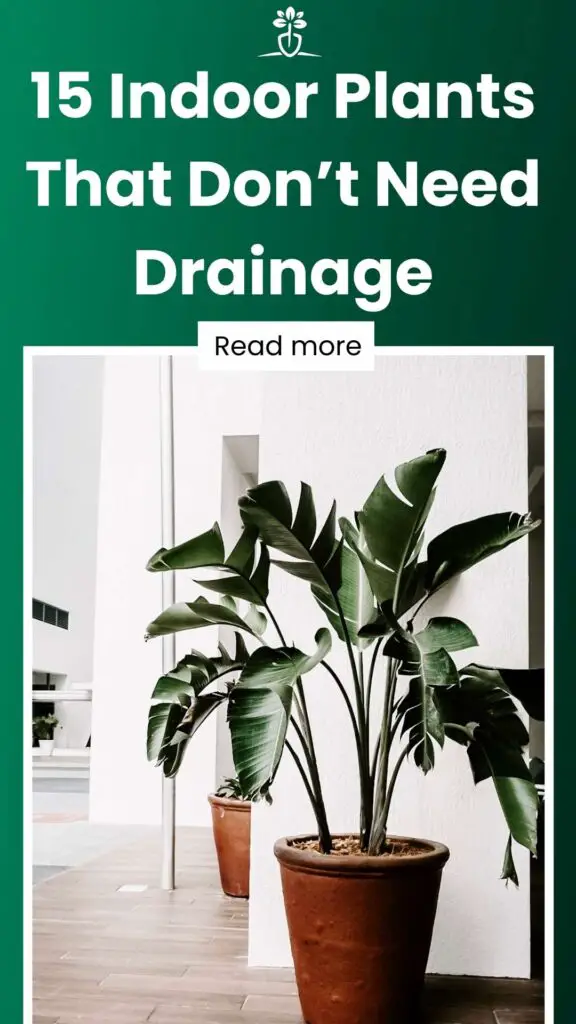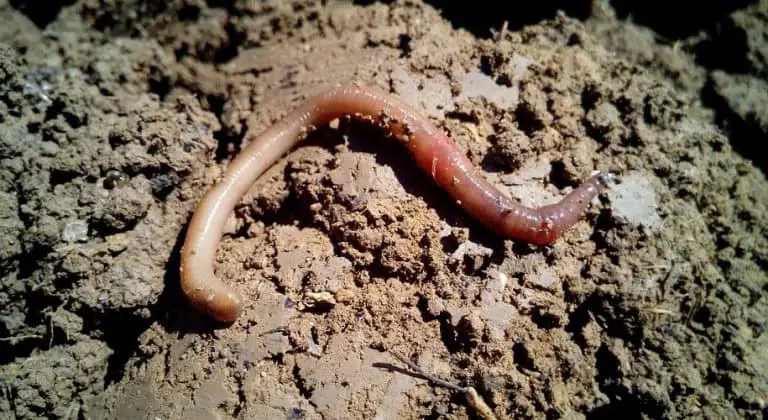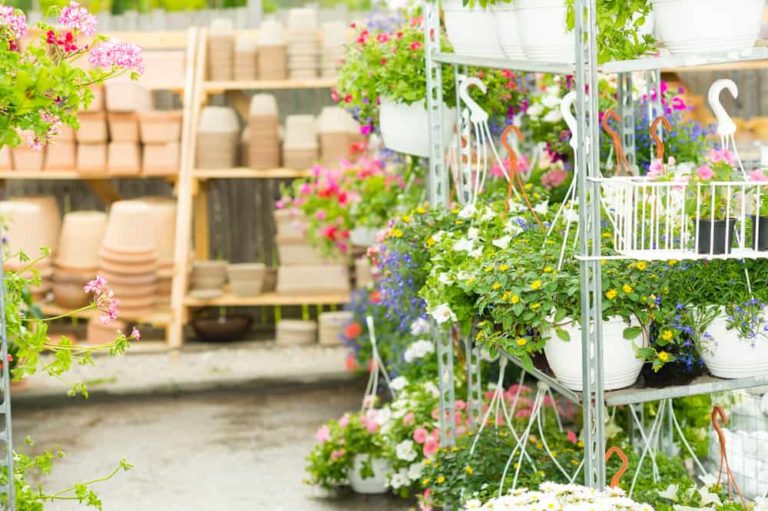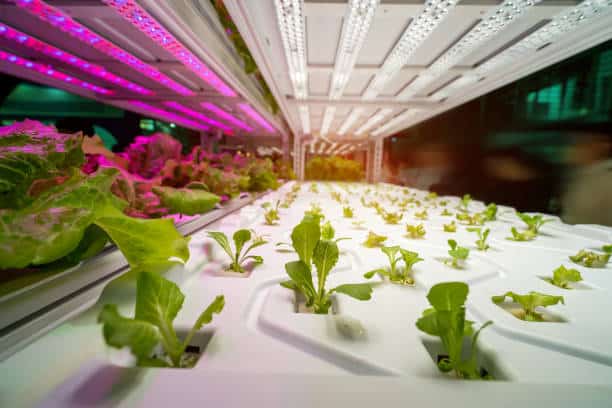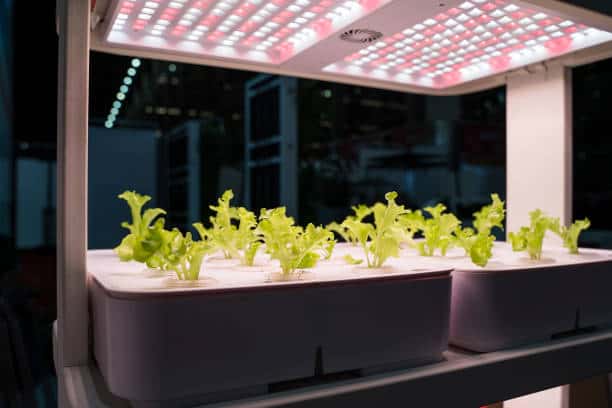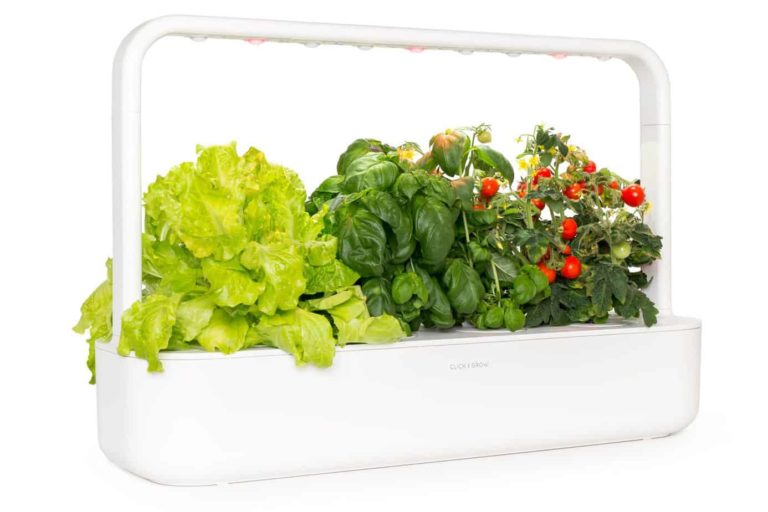15 Indoor Plants That Don’t Need Drainage
Indoor plants not only **make your home look lovely** but also offer **tons of health perks**.
Below is a list of 15 indoor plants that do not need drainage holes because they tolerate wet conditions more so than other plants.
Contents
What is drainage and why is it important?

Most plants require adequate drainage to keep them alive and well. If a plant is over-watered, this is considered a stressful environment which over time will slowly kill it. Similarly, if it does not receive enough water, it is also considered to be living in poor growing conditions.
Over or under-watering a plant is dangerous as it is the perfect breeding ground for bugs and diseases. Many diseases thrive in moist and wet conditions, which eventually leads to foliage becoming infected. The same goes for insects that enjoy feeding off wet soil that is lacking in nutrients.
Indoor plants however cope well in soil that may be slightly over watered. This doesn’t mean that you should water them every day, just that you do not need to worry so much if you think they are a bit too wet.
Pineapple Plant
These plants grow better in well-lit rooms that are 16 degrees or higher. They can be left outdoors in the summer but be sure to bring them back inside during the colder months. The pineapple plant should be watered when the top of the soil feels dry. However, in the winter it should be kept barely moist.
Yucca plant
The Yucca is renowned for its spiky, palm tree-like appearance. These hardy plants are forgiving and do not cause a fuss if you forget to water them once in a while. In fact, a Yucca is most likely to die from being over-watered. Derived from the desert, this plant can withstand an array of temperatures and is therefore adapted to living in dry conditions.
A mixture of soil and horticultural sand is best for a Yucca which will promote drainage. They should be watered often in the spring/summer but will rarely need to be watered in the colder months.
Croton
Croton plants are a good variety to grow indoors. The only high maintenance trait about them is that they need efficient levels of sunlight, especially if you have invested in one for its brightly colored leaves.
Pot your croton in a tub that is slightly larger than needed. This plant needs good air circulation within the soil and it will wilt if the soil dries out.
Snake Plant
This household favorite is extremely low maintenance and can be placed virtually anywhere around the home. The snake plant can grow up to 6 feet in height and does not take up much room as the leaves do not spread during growth. Adapted to tropical conditions, the snake plant can survive small droughts. They are known to produce a lot of oxygen and naturally purify the air. Snake plants are even considered ‘lucky’ in Chinese culture.
Lucky bamboo
Lucky bamboo is extremely low maintenance and is often seen in homes and office buildings. This plant needs a lot of water in the beginning stages of life and can even continue to grow in just water alone. If growing in water, be sure to change this every 2 to 4 weeks using bottled or distilled water. Although it is a tough plant, lucky bamboo is known to be sensitive to the chemicals apparent in tap water. Soil rich in nutrients can also be used, just remember to keep it moist (but not soaking).
Autograph Tree
Otherwise known as Clusia rosea, the autograph tree is a tropical plant native to the Caribbean. Easily identified by its thick waxy leaves, the name ‘autograph’ stems from how easily they are ‘scarred’ when etched or drawn on.
These plants derive from hot climates and therefore do best in warm rooms with a temperature of 16 degrees celsius upwards. They are typical sun worshippers so place them in a well-lit area with plenty of natural sunlight.
Water frequently but not too much. A good tip is to use room temperature water as it mimics the warmer weather conditions it is so used to.
Cat Palm
The cat palm (Chamaedorea cataractarum) originates from Mexico. It is one of many ‘dwarf’ or small palm trees that belong to the Aracaeae family. This plant does not tolerate the cold and is best suited to conditions 25 degrees celsius and higher. In the colder months, it will survive in conditions as low as 16 degrees celsius. Any lower and the palm may wilt.
The cat palm relies on warm, humid conditions and therefore the soil should always be moist. Pressing down 2-4 inches into the soil is a good indicator of this. For humidity, the bathroom is an ideal growing spot, however this isn’t always a convenient location. Alternatively, you can use a water-filled wet gravel or pebble tray but be sure the plant is not sitting in the water.
Aloe Vera
This no-hassle, evergreen perennial, originates from the Arabian peninsulas. Similar to a cactus, aloe vera is a slow grower that is low maintenance and good to have as an indoor plant.
Aloe vera should be placed in a room with adequate indirect or artificial light as it is not fond of direct sunlight. It should be watered generously every 2-3 weeks. Any negative changes in your plant are likely to be a factor of over watering.
Elephant Foot Plant
Native to South Africa, this hardy plant flourishes indoors in most climates. The key to maintaining an elephant foot plant, is to keep the area warm, with plenty of sunlight and regular water. The wrinkled base of the plant resembles the foot of an elephant which is how it gained its name. The elephant foot plant can live for around 70 years.
Water your elephant foot so the soil is moist but not soaking. These are drought-resistant plants so are very forgiving should you forget every now and then. Keep in an area with full sunlight, preferably south, west or east facing.
Cactus
This is probably one of the toughest indoor plants you can get. A member of the Cactaceae family of plants, the cactus is a succulent which means they retain water in their thick flesh. They can be found in some of the driest places on earth and are best known for their spiky texture.
Water the plant thoroughly, ensuring it has reached all parts of the soil. This is important throughout the warmer months, however you can be more lenient over the winter. Cacti thrive well in areas filled with indirect sunlight that are hot and dry.
English Ivy plant
Unlike other plants on our list, this trailing plant is suited to cooler environments and tolerates moist and dry soil well. English Ivy (Hedera Helix) is native to western Asia and Europe. The easy-to-grow nature of this plant is appealing, particularly to amateur gardeners.
Like all house plants, english ivy collects a lot of dust. This can be detrimental as it clogs the pores of the leaves which makes it harder to purify the air. Cleaning them with a clean, damp cloth will improve this.
Asparagus Spengeri Fern
This is another indoor plant that requires a cooler climate to aid growth. Closely related to the vegetable, Asparagus, the spengeri fern is native to south Africa. Its feathery, needle-like leaves are popular additions to Christmas garlands and wedding bouquets.
The asparagus spengeri fern produces small, red berries that are poisonous if ingested. Therefore, it is a good idea to place them out of reach of pets and small children.
Aglaonema Maria
Commonly referred to as the ‘Chinese evergreen’, the aglaonema maria is a sub-tropical plant that derives from Asia and New Guinea. This plant is usually seen inside homes and offices due to its low maintenance nature. The aglaonema can survive in low light environments and is a natural air purifier. Its dark green leaves have a beautiful, marbled effect and is the reason why it is sometimes referred to as a ‘silver queen’.
Spider Plant
The spider plant (chlorophytom comosum), were a favorite household item in the Victorian era and deemed a sign of wealth. Named because of its long, thin, dangling leaves, this flowering perennial derives from south Africa and thrives in cooler temperatures. They should be misted frequently or the tips may turn brown if grown in dry areas.
The Fiddle-Leaf Fig
The technical term for this plant is Ficus Lyrata which is a member of the Moraceae family of figs. The fiddle-leaf takes its name from its violin shaped leaves that are leathery or waxy in texture. Originating in western Africa, they thrive in warm, humid conditions which can be difficult to emulate inside the home. However, there are items available to replicate their tropical heritage such as wet gravel trays and air humidifiers. The fiddle-leaf can reach heights of 12-15 feet but regular pruning will stop them from growing out of control.
What are the benefits of indoor plants?
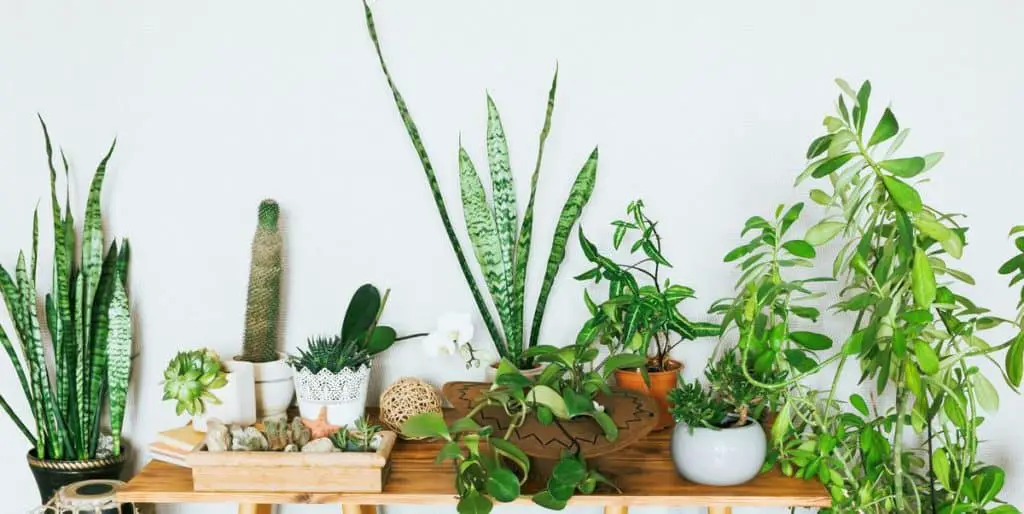
The popularity of having plants indoors is ever increasing and the height of home décor. Pretty Pinterest pictures of gorgeous greenery can be envy-inducing. Online plant subscription services such as Cratejoy and Bloombox make it easy to enjoy plants in the home. The benefits of indoor plants are:
- They may improve indoor air circulation. A NASA study conducted in the 1980s, suggested that there was some evidence behind this. The plant used in this experiment was able to destroy certain air pollutants by converting them into new plant tissue.
- Indoor plants help with life skills such as responsibility. Looking after a plant requires patience and a lot of maintenance. You will feel a great sense of joy when you see your once was a tiny seed, has bloomed into a mature, fully grown plant.
- They are a natural mood booster and may help to reduce feelings of stress and anxiety. This in turn helps to lower blood pressure and is the reason why hospitals have so many as they create a calming atmosphere.
Common bugs and diseases of indoor plants
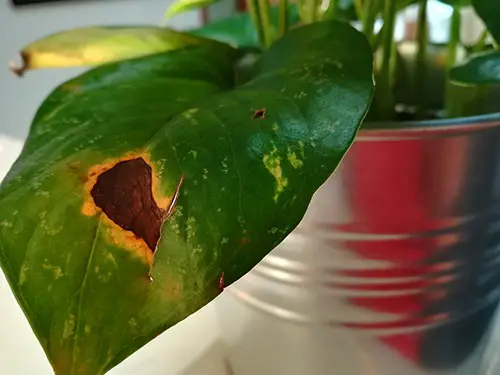
Indoor plants are just as appealing to pests and viruses as they would be if out in the garden.
The most common cause of plant death indoors is due to poor drainage. Root rot happens when a plant receives too much water which literally rots the root. By the time you notice the deterioration of your plant, it is almost always too late to intervene. As mentioned several times in this article, keeping on top of your watering is vital. If you find yourself worrying about this, you can always invest in a moisture meter which will help put your mind at ease.
Spider mites, fungus gnats and aphids are among the usual plant predators. However there are various measures you can take to prevent an infestation. Insects cause damage by feeding on the plant stems and leaves. Not only does it look unattractive, the open wounds pave the way for further decay and viruses.
Generally, store bought pesticides work well although it is recommended to use non-toxic types that won’t cause damage. You can concoct your own solution with basic household products if preferred.
Sticky traps are a safe deterrent and are covered in a gluey substance that successfully traps insects that fly or walk into them.
Checking your plant often for signs of damage or disease will decrease the risk of any serious destruction.
Most indoor plants require little maintenance and can be very forgiving should you forget to water them from time to time. They create a calming atmosphere and not only are they attractive to look at, they can literally clean the air. With the correct care and attention, the joys of growing and maintaining an indoor plant can be extremely fulfilling. Life can be hectic, so go out and grab yourself an indoor plant to take the stress away.
